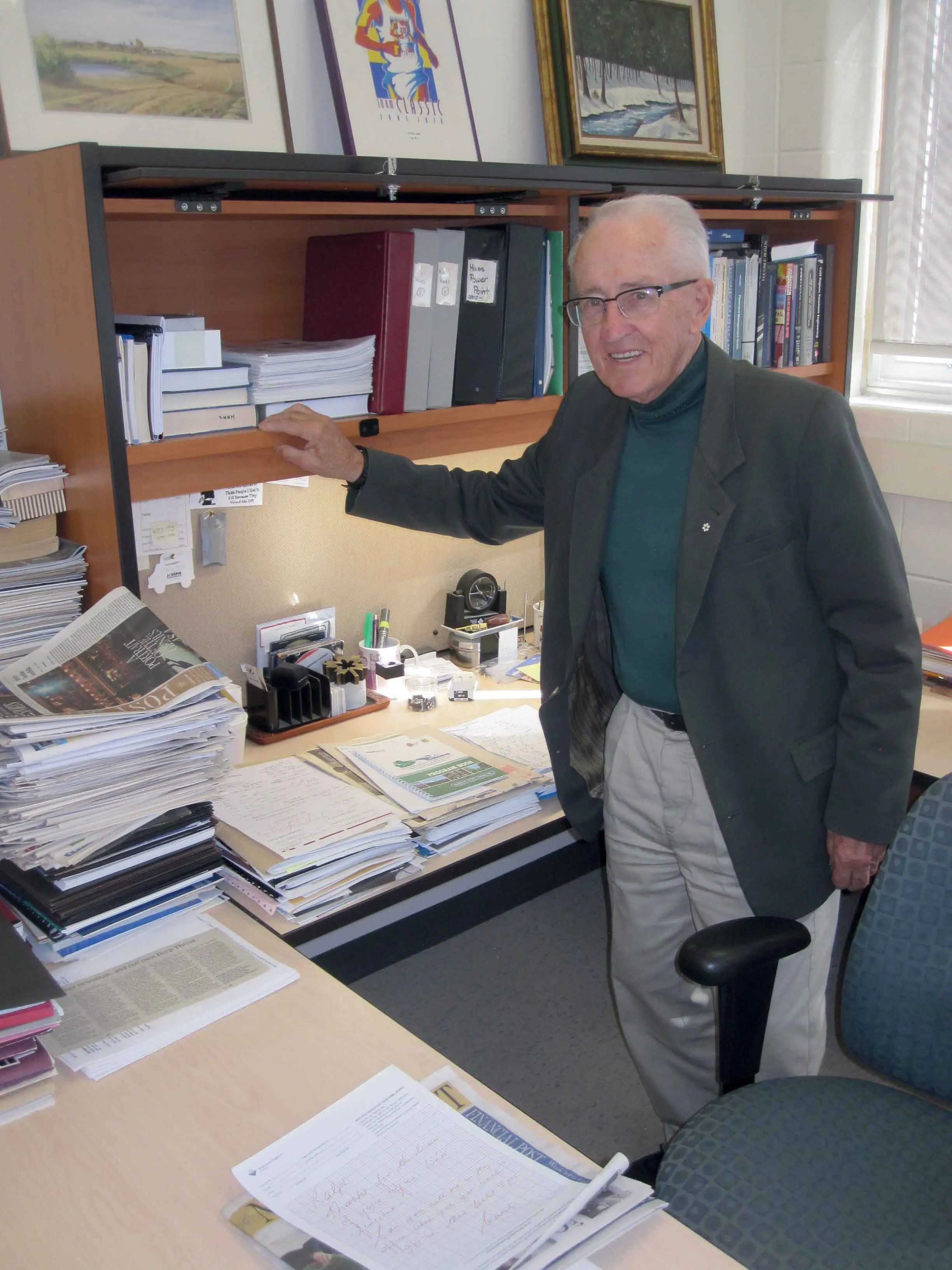
Montreal Tractor (MTI) and its sister company Hot Mix & Aggregate (HMA), both based in Baie D'Urfé near Montreal in the province of Quebec, now exclusively represent Road Dryer’s pavement-drying units. They cover is Quebec as well as the provinces of Ontario, Nova Scotia, New Brunswick, Prince Edward Island and Newfoundland.
Both dealerships offer new, used and rebuilt equipment, accessories, parts, and components, said says Todd Toole, operations manager for Road Dryer, based in Greenville, South Carolina.
MTI was founded in the early 1980s and works with customers across Canada, the US and worldwide. HMA, founded in 2010 in Orangeville, Ontario, focuses on the Ontario market.
Road Dryer says that its trailer- and truck-mounted pavement-drying units quickly dry asphalt and concrete pavement, allowing crews to pave or apply surface treatments or striping after just one pass.
The units blow air heated to 204°C directly downward through multiple nozzles. This delivery eliminates the risk of flying objects and allows traffic to flow in nearby lanes — thus reducing congestion caused by traffic restrictions.
The RD-1200 XT can be adjusted for drying widths of 2.4-3.7m, explains Maxime Petrin, product manager for the road building division at Montreal Tractor. Because it dries pavement on demand, the unit provides flexibility for contractors and government agencies to meet timetables by minimising delays from weather- and project-related wet conditions.








